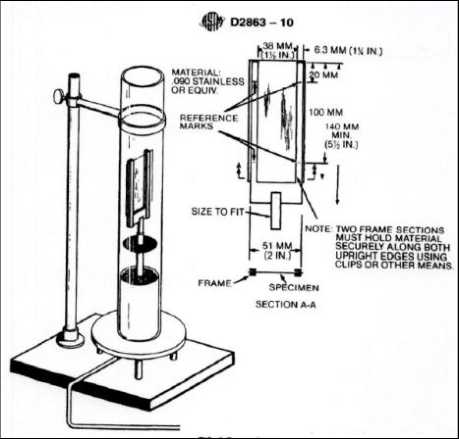- Qinsun Instruments Co., Ltd.
- Tell:+86-21-6780 0179
- Phone:+86-17740808215
- Address:No. 2578 Minhang District Gu Dai Road, Shanghai
- Contact:Mr. Li
- QQ:846490659
The significance of food testing

1. Fungi and fungi
Fungi grow and reproduce in grains or food, producing toxic metabolites. When humans and animals ingest substances containing this toxin, mycotoxin poisoning may occur.
Some toxic metabolites of fungi can cause acute or chronic poisoning, especially some fungi with strong carcinogenicity.
(1) The occurrence of poisoning mainly occurs through food contaminated with mold.
(2) Food and grains contaminated with mycotoxins cannot be destroyed or removed by heating them using general cooking methods. Fungal detection is also due to the production of fungal toxins by fungi
2. Escherichia coli group
The coliform community is often used as an indicator of human and animal fecal contamination. Because water and food may be contaminated by pathogenic bacteria after being contaminated by coliform, it is used as a fecal contamination indicator to evaluate the hygiene quality of water and food.
3. Total bacterial colony count
The total number of colonies is used as a marker to determine the degree of food contamination.
A colony represents a single cell; The determination of total bacterial count is also known as live bacterial count; We grow the total number of mesophilic aerobic bacteria on meat nutrient agar.
4. Protein
Protein content is an important indicator of food nutrition. In order to obtain a high quality (nutrition) to price (price) ratio, we need to measure the protein content in food. If conditions permit, we can measure the amino acid composition to more scientifically determine the nutritional value of protein.
Among the major nutrients (referring to protein, fat, and carbohydrates) purchased, protein is the most expensive, followed by fat, and carbohydrates are the cheapest. And the human body needs balanced nutrient absorption; Adequate intake of protein is natural. However, in order to reduce production costs, manufacturers or secondary raw material suppliers (who are also manufacturers) often add low value raw materials with low or almost no protein content, which leads to insufficient protein content in the final product. In order to obtain qualified raw materials supplied by raw material suppliers, the national quality inspection department needs to test the protein content in order to deter manufacturers from producing ethically.
The content of protein and fat raw materials (products) does not undergo significant changes over time. Therefore, as long as conservative design principles are adopted in formula design (basically stable in process), the content of protein and fat can be controlled to meet standards.
5. Fat
Fat is the most expensive major nutrient besides protein. In order to maintain balanced nutrient absorption in the human body, we need to consume a certain amount of fat. This also indicates that the original intention of measuring fat and protein is basically the same.
6. Moisture
Among all food ingredient tests, moisture is the cheapest. In order to prevent illegal manufacturers or secondary raw material suppliers (who are also manufacturers) from selling water to reduce production costs, it is necessary to measure the moisture content. Meanwhile, the amount of moisture also directly affects the preservation performance of food, such as dispersibility, fat breakdown, and microbial growth.
7. Sugar
The determination of sugar is mainly to control the occurrence of sugar related diseases and comprehensively evaluate the nutritional value of food; In addition, the price of sugar raw materials





